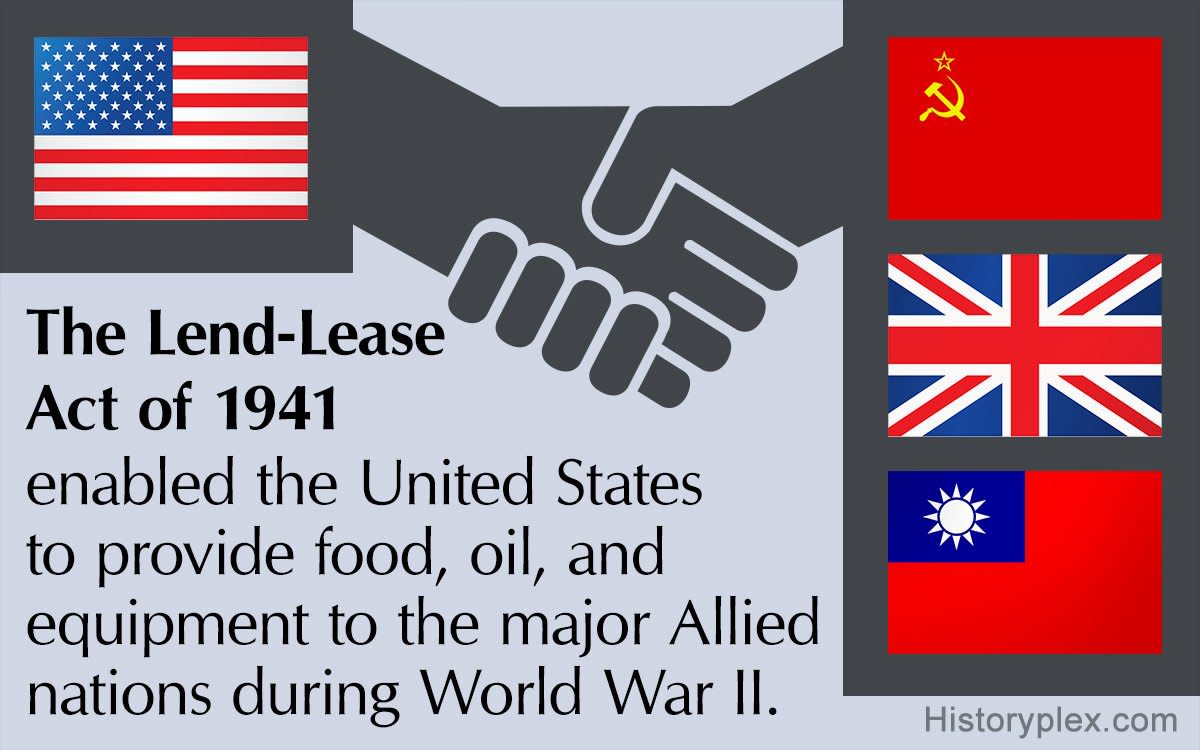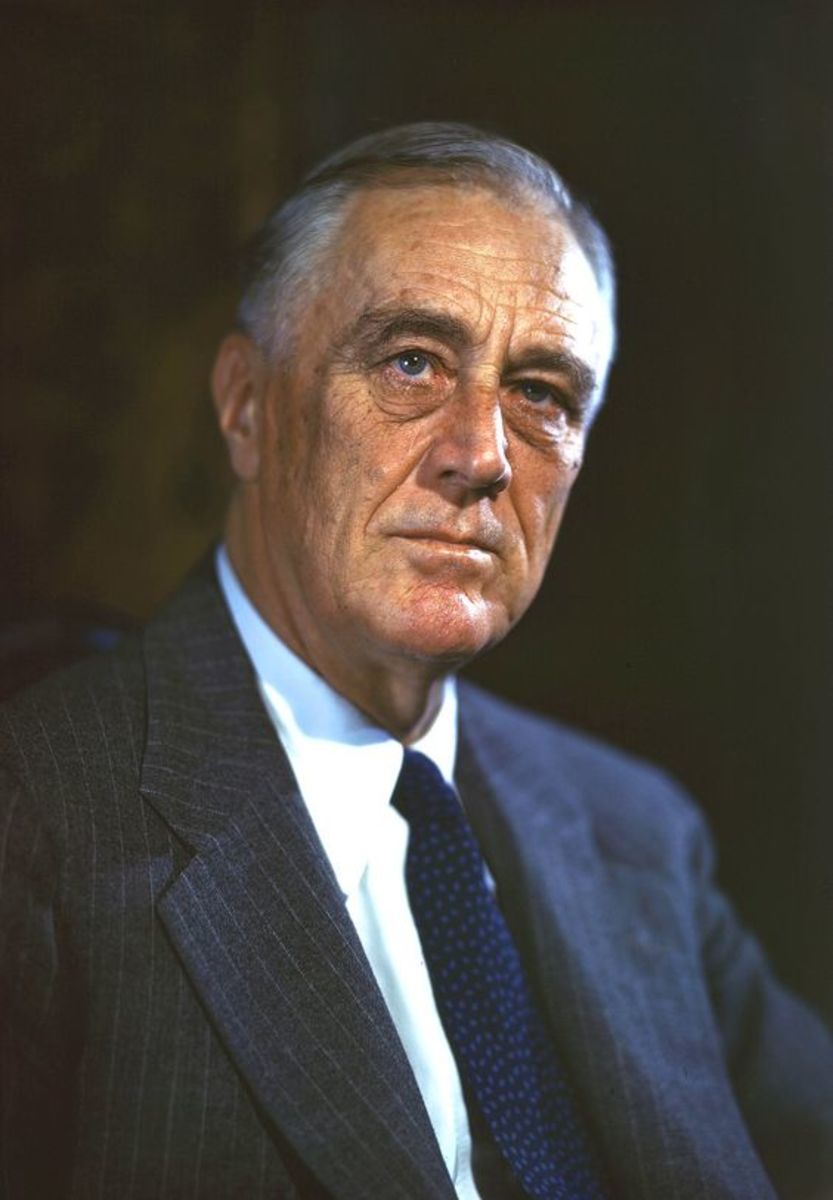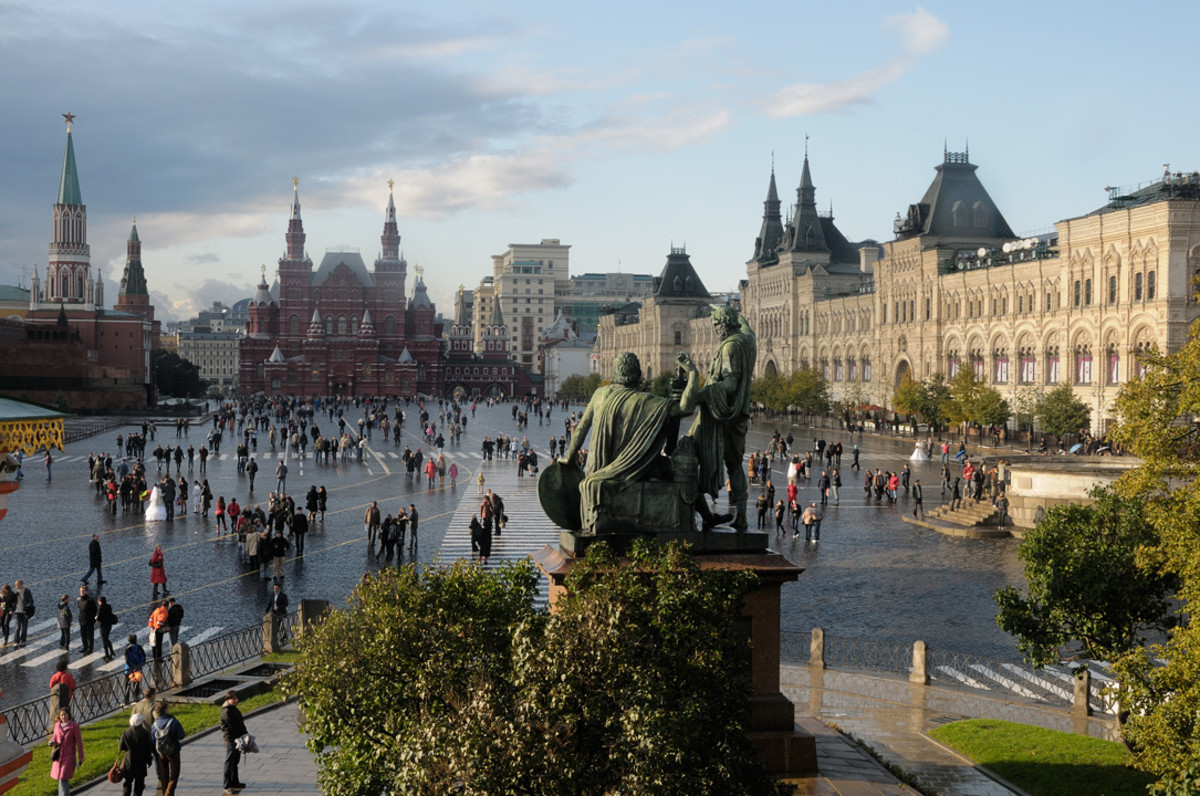The Russian War Debt: What Happened to It?

Introduction
To understand the Russian war debt of World War II, one must examine the war debt of World War I. The First World War is a watershed in global history. Russia under Tsar Nicholas II joined the war as an ally of Great Britain and France against the Central powers led by Germany. The Russian Army of almost 5,000,000 soldiers was however poorly armed and led and was badly battered by Germany. The United States which had entered the war gave war loans to the Russians. But mounting economic hardship resulted in a coup and the Bolsheviks seized power under Lenin. Nicholas II and his family were murdered and a communist state was set up under Lenin and later under Stalin.
Russia had now accumulated a crippling wartime debt of 8 trillion rubles and the
economy was in ruin. The new Soviet government made a separate peace with Germany by the treaty of Brest Litovsk.
However, the Western powers aided a civil war that lasted another 3 years (1918-21) in the hope of getting the monarchy back but they failed. The new Soviet government also did little to pay this war debt and took a stand that no money was due to the Allies.
It was this feeling of distrust that existed at the start of the Second World War in
1939. The Russians also fueled suspicion by the Non-aggression Pact of 1939 with
Germany.
Hitler in pursuance of his dream of Lebrensum attacked the Soviet Union on 22 Jun
1941. The allies quickly rallied to the side of the Russians.The early reverses of the
Russians and the deep drive into Russia by the Wehermacht alarmed the Allies who
considered Germany the greater evil. The United States included Russia in the Lend-Lease Act. The background of the war supplies to Russia was the Allies' desire to defeat the Nazis.
In March 1941 the Lend-Lease program was started by the United States. To be
precise it started 9 months before Pearl Harbor was bombed by the Japanese. The
The United States could now supply Britain, the Soviet Union, China, and other Allied
nations with required war material. The war supplies were given with no repayment plan.
The Lend–Lease ended after V-J Day, on September 2, 1945.

Lend lease
The United States gave $50.1 billion worth of war aid. Of this $31.4 billion went to Britain, $11.3 billion to the Soviet Union, $3.2 billion to France (that is, Free France), and $1.6 billion to China. Canada also operated a similar program and gave $4.7 billion in supplies to Britain and the Soviet Union
Since the end of World War I the United States had maintained isolation from global
affairs. The Lend-Lease program was thus a very important step toward involvement
In sharp contrast to the American loans to the Allies in World War I, there were no provisions for postwar repayments.
Lend-Lease came into existence with the passage of the Lend-Lease Act of March 11, 1941. This legislation gave President Roosevelt the power to sell, transfer title to,
exchange, lease, lend, or otherwise dispose of, to any such government whose defense the President deems vital to the defense of the United States.
Lend-Lease was the most visible sign of wartime cooperation between the United States and the Soviet Union. The Western powers buried their differences with the Soviet Union in the larger interest of defeating the Nazis. About $11 billion in war material was sent to the Soviet Union under that program. The program started 3 months after the German invasion of the USSR in June 1941.
Additional assistance came from U.S. Russian War Relief (a private, nonprofit
organization) and the Red Cross. The route followed for sending supplies was through
Iran and the Persian Gulf 70% of the supplies came by this route. The balance was
shipped across the Pacific to the far eastern Russian port of Vladivostok. Some supplies were sent across the North Atlantic to Murmansk in Northern Russia. Lend- Lease to the Soviet Union officially ended in September 1945.
Joseph Stalin the communist dictator of Russia accepted American aid. He had perhaps no choice as the German War machine had speedily crushed his Red Army. But being a totalitarian state he never revealed to his people the full contributions of Lend-Lease.
He also hid from the people of Russia the fact that the country’s survival
hinged to a great extent on Lend Lease. He only referred to the program at the 1945 Yalta Conference. There he admitted that Lend-Lease is one of Franklin Roosevelt's most remarkable and vital achievements in the formation of the anti-Hitler alliance.
The fact is the Russians welcomed lend-lease. President Roosevelt attached the highest priority to keep the Soviet Union in the war against Germany. The allies were a trifle sacred that the Russians may conclude a separate peace with Nazi Germany like in World War I and thus the Russians were given large amounts of aid to help them fight the war. Lend-Lease helped the Soviet Union push back the Germans. The collapse of the German forces on the eastern front helped bring World War II to a speedy end. However, Stalin took over the Eastern European states and ushered in the Cold War. With Stalin's takeover of Eastern Europe, the wartime alliance ended, and the Cold War began.

End
Along with the United States, Britain also promised assistance to the USSR. On 16 August a credit line was established to Russia. The British Lend-lease to the Soviet Union was formalized in a British-Soviet agreement signed only 26 June 1942. Through this act, Winston Churchill overcame his longstanding distrust of Soviet Russia for the time being.
A high-level Soviet aviation commission led by Maj.Gen M.M.Gromov, Director of LII
came to the USA in August 1941. Gromov's delegation made a daring trip through
Siberia to Alaska in two GST-flying boats. This delegation only had partial success.
Some of the aircraft desired by them like the B-17 bomber were not given and the
Russians had to make do with what the United States government and USAAF were ready to loan them.
The first US-Soviet Lend-lease protocol was signed in Moscow on 1 October 1941.
President Roosevelt believed the defense of Russia was vital to the interests of the USA. A month later on Nov 19, the Lend-lease Act was formally extended to USSR.
An important ingredient of the lend-lease agreements was that at the end of the war, all weapon systems delivered were to be returned to the USA or destroyed. This was to be carried out under American supervision. A large number of aircraft were
destroyed by bulldozers. Many warships were also returned to the USA in the late 1940s. But the Russians reneged on many items and continued to use them. They
carried out reverse engineering and duplicated many models. This was contrary to the
letter and spirit of Lend Lease. The Lend-lease accounts are still pending and have not yet been settled.
The cold war has had its fallout. The Soviets have attempted to diminish or even
forget the role of the United States in giving aid to the Soviet Union. They would like this war debt to be swept under the carpet. Regardless of Soviet cold-war attempts the total impact of the Lend-Lease shipment on the Soviet war effort and entire national economy was decisive. The outcome of the war on the Eastern Front might well have been different.
In brass tacks, it must be remembered that some of the aid was paid for in gold during wartime although when the cold started, Stalin refused to pay as he said that the Russians had already paid for the loan with their blood.
In 1972 it was agreed that the debt is legit and has to be paid, but it hasn’t moved further. It is a forgotten chapter now. Despite the collapse of the Soviet Union, the Russian government and Putin have put the lid on any payments for lead- lease. As things stand, the issue is dead like the dodo and remains a point for discussion in history books.
© 2024 MG Singh emge





